|
|
How lovely to see Guisborough like this free of traffic. Dating the image is possibly best via directories and Census: Bulmer’s Directory of 1890 lists a William Jackson as a Bootmaker trading in the Market Place, the 1891 Census lists William Jackson, but the 1901 Census does not. So the photograph was probably taken post 1891. We are still researching!
Image from a collection compiled by Derick Pearson.
I wonder what the topic of the day was with these men gathered at the cross in Guisborough? You wouldn’t or couldn’t stand there today. Owen Rooks suggests: “This is only a suggestion-not a definitive answer! This could be a picture of the hirings, A process by which young able bodied men were engaged as agricultural labourers on yearly contracts. My father left school at the age of 12 in the early 1900’s and became a farm worker living in with his employers at various locations around the area. I remember him telling me how he walked from Skelton to stand at the Market Cross in Guisborough in the hope that someone would “hire” him. I don’t know how often this ritual occurred but it must have been a rather humiliating process. The picture seems to show such a group of young men with a prospective employer standing to the left (holding the stick).
Thanks to Owen Rooks for the update.
Now this view of Guisborough I can relate with.
Image (from a cutting) courtesy of Derick Pearson.
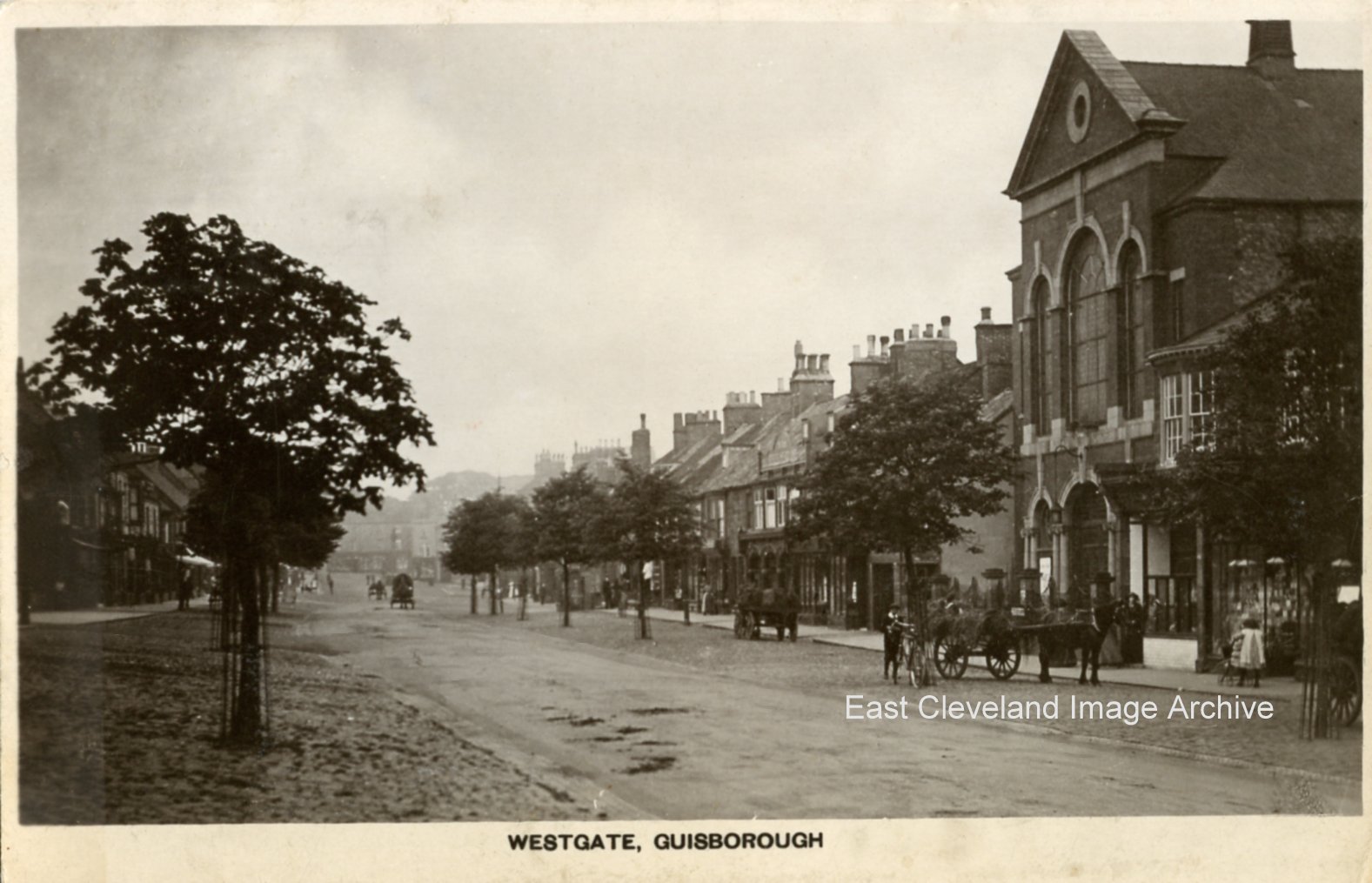
This view of Guisborough was posted in 1914; Westgate is much the same today, but this street scene is very different; the traffic leaves fumes rather than deposits!
Image courtesy of Tina Dowey.
In 1899, land was set aside for building a church for Carlin How and Skinningrove. The foundation stone was laid on the eve of Ascension Day; Wednesday May 23rd 1900, by Mrs Dorman of Grey Towers, Nunthorpe. The church was consecrated on the 30th October 1901, by the Bishop of Hull Rt Rev R.F.L. Blunt. D.D. Andrew Downs advised the Archive: “St Helen’s church was built in the plain Early English style, characterized by it’s tall lancet windows, and rounded arches. The inside however, is not so plain, and is a beautiful parish church. The architect was A. Crawford-Hick of Newcastle, who built a far grander church – St Aidan’s – Leeds; that has very similar detail. The reason for it being built so close to the steel works, was simple, the steel works gave the patch of land for free!!”
Image courtesy of Raymond Brown and update courtesy of Andrew Downs.
A picture postcard of Boulby Grange, a former Georgian farmhouse (Grade II listed) taken from The Cleveland Way. Paul Dodsworth tells the Archive: “Regarding Boulby Grange; my grandfather, Robert Dodsworth was a Police Inspector covering the area of Loftus, etc., and during the Second World War was put in charge of the movement of meat, as everything was rationed and he was based at Boulby Grange. I, Paul Dodsworth his grandson had the pleasure of visiting the property as a kid. I seem to just remember a orchard and if I am not mistaken there was a marble fireplace in one room; also I remember something about secret passages”.
Image courtesy of a supporter of the Archive and many thanks to Paul Dodsworth for the update.
J. W. Knaggs (Upholsterer, cabinet maker and undertaker) with his wife Elizabeth Mary; pose outside their shop at 59/61 Westgate, Guisborough. He was Parish Clerk to Guisborough Parish Council for 13 years until his death in 1885. His wife and family carried on the business until its closure in the 1960’s.
Image courtesy of J W Knaggs from an original image courtesy of Kirkleatham Museum collection.
Lovely clear photograph of the ’Grove with Grove Hill clearly shown above Zetland Row. There is a cross mark on the photograph which was believed to indicate the Working Men’s Institute building of the time. S. Welford commented: “The cross usually was special to whoever originally sent the postcard or photograph. It often indicated home, holiday home or had a special significance.” However John Kennedy pointed out: “Looks like the Working Men’s Institute, too tall for the Infant and Junior School.” Thomas Sayers confirms this fact with: “I was born in Skinningrove and the building with the cross on was indeed the Working Men`s Institute. I also taught at the Infant and Junior school. There was no separate Infant school; the Senior School is in the foreground, bottom left.”
Thanks to S. Welford and John Kennedy for the updates. Also to Thomas Sayers for confirmation of the buildings.
The title should really be ‘First Tarmac Road’ for Grove Hill; this being December 1982 through to February 1983. Pem Holliday who recorded this activity even annotated his photograph.
Image and information courtesy of the Pem Holliday Collection.
This photograph of the truck was taken in the old Council yard; just off Walkers Row in Guisborough. Clearly the Council was into snappy advertising even then!
Image and information courtesy of Howard Wilson.
|
|
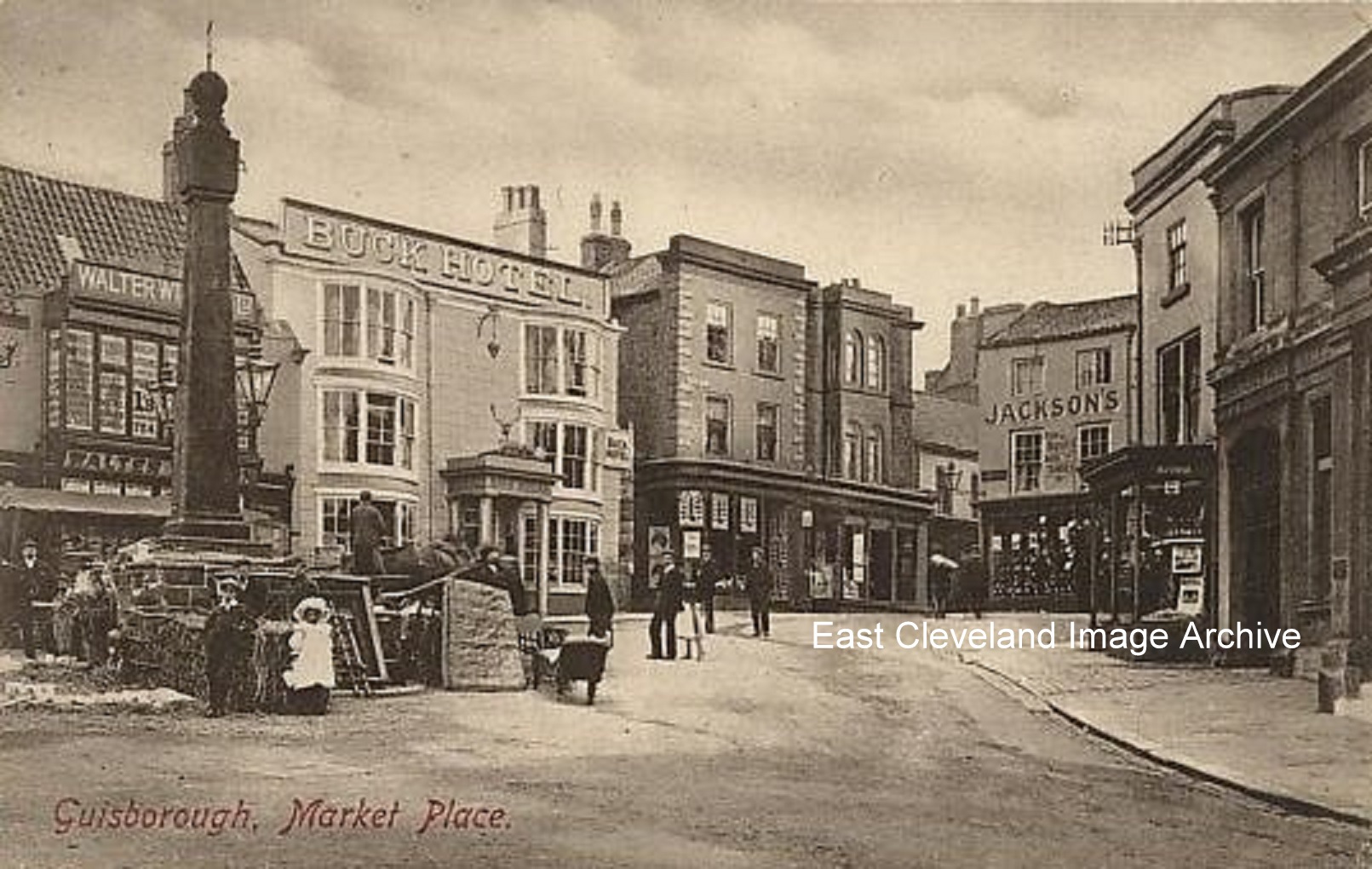
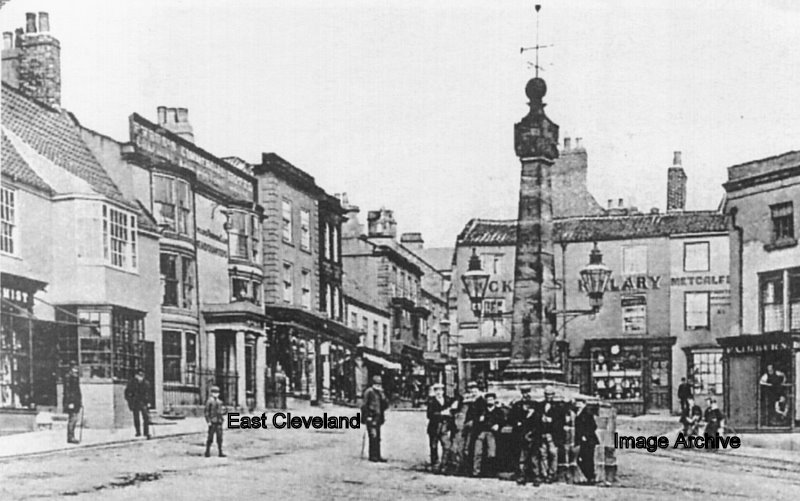
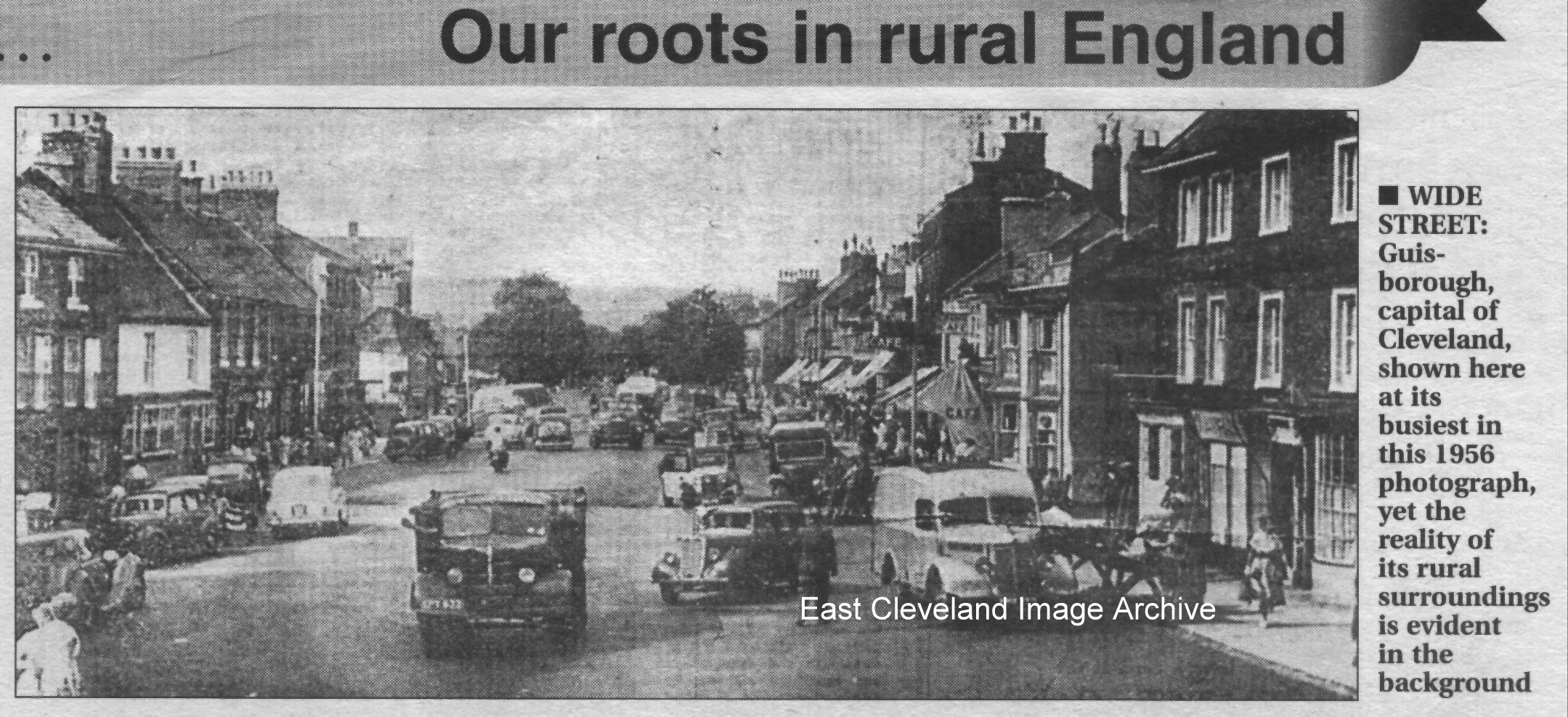


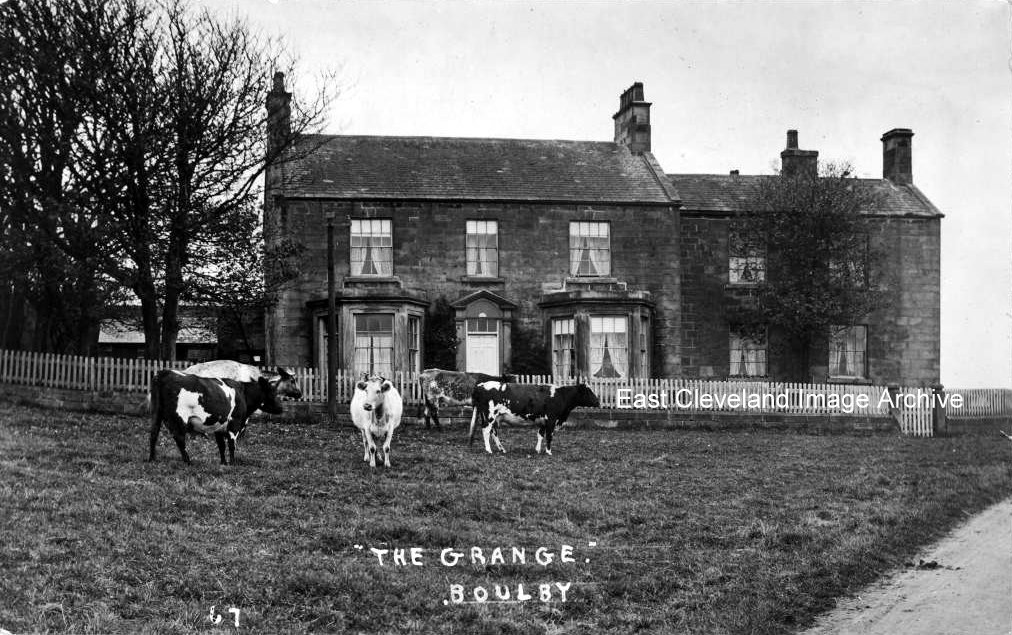
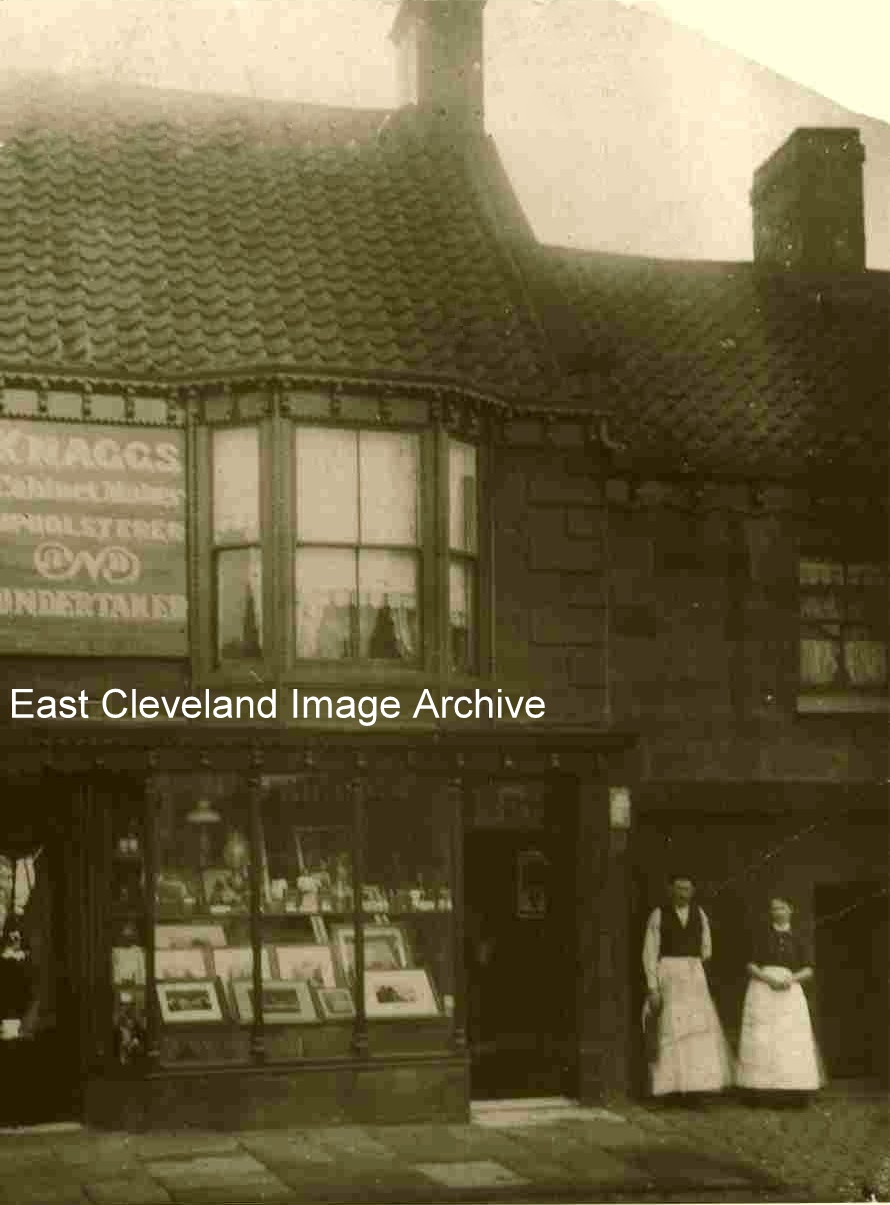
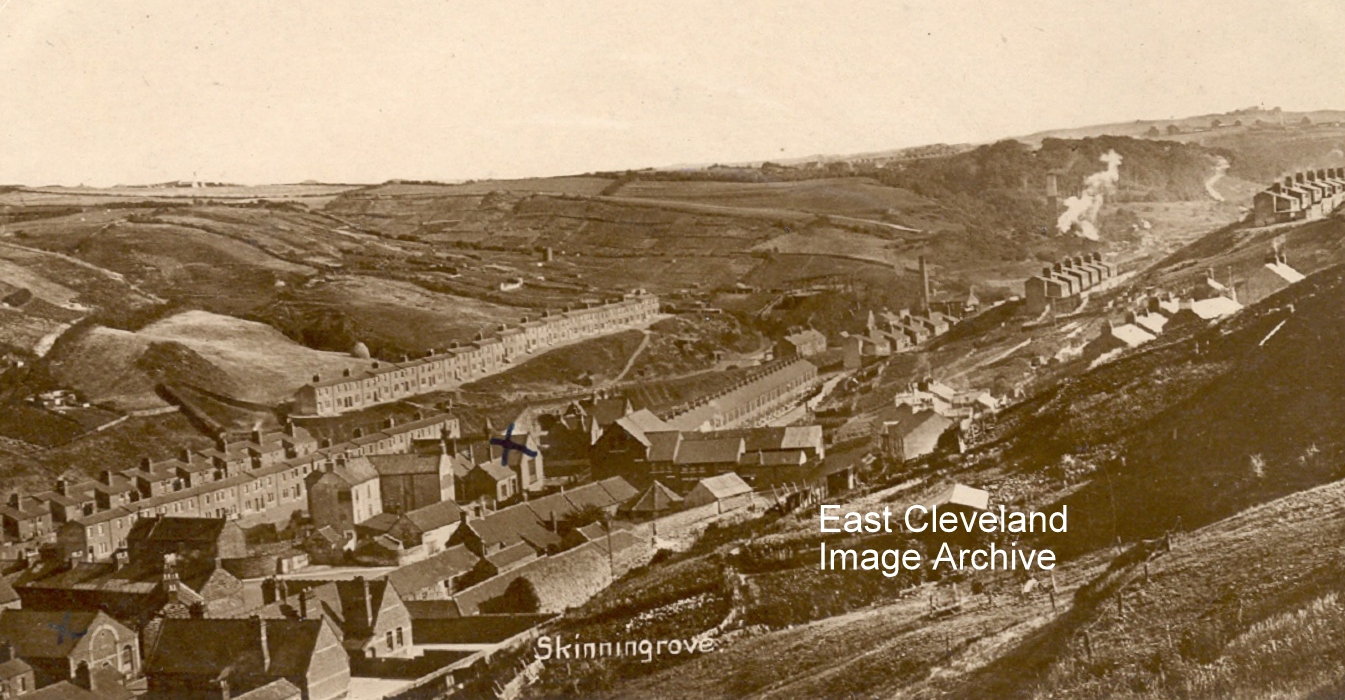
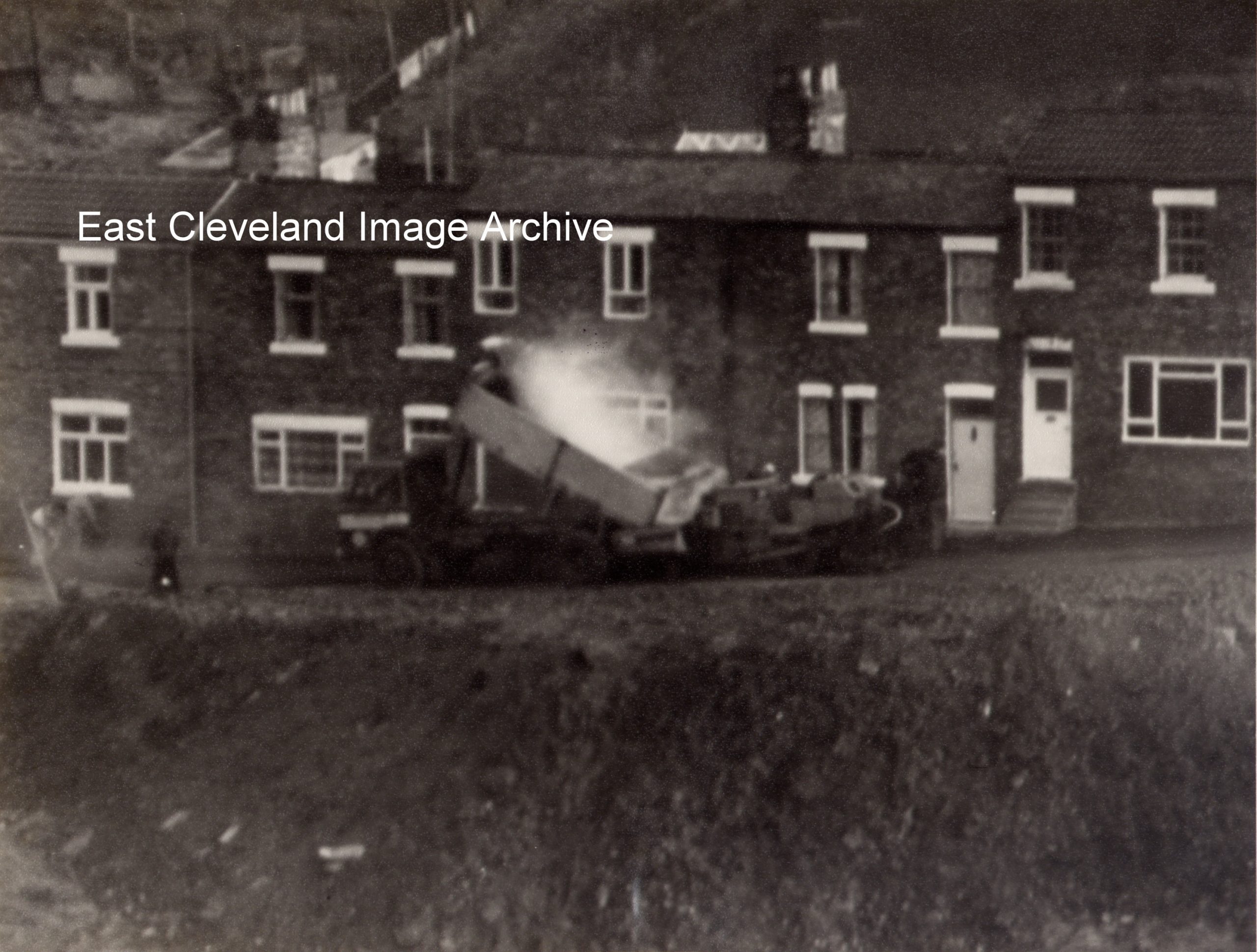
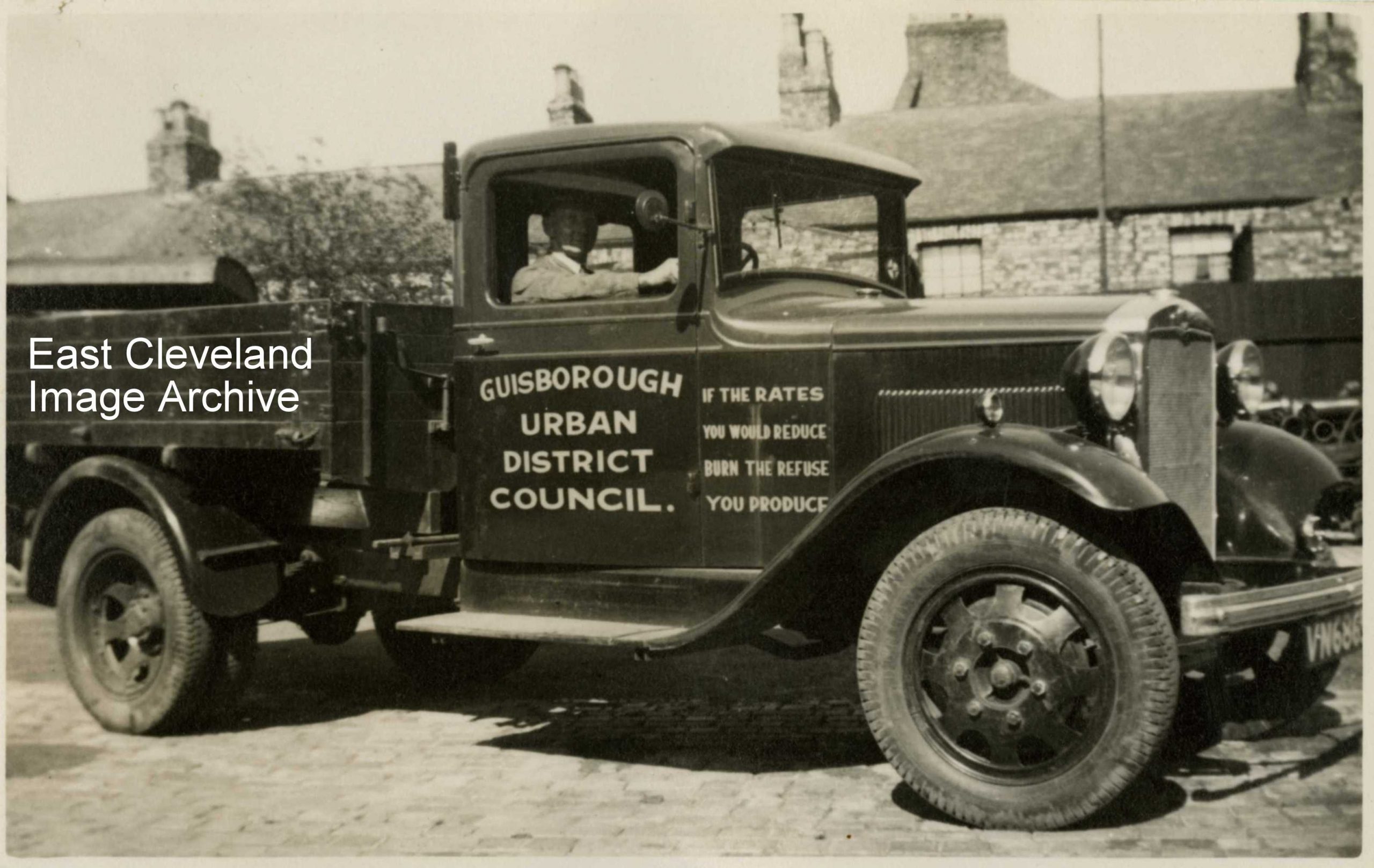
Recent Comments